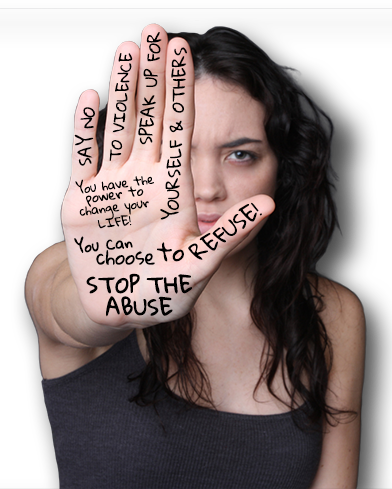|
Domestic violence is a pattern of abusive behavior in any relationship that is used by one partner to gain or maintain power and control over another intimate partner.
Domestic violence can be:
Domestic violence is not always black and blue. |

